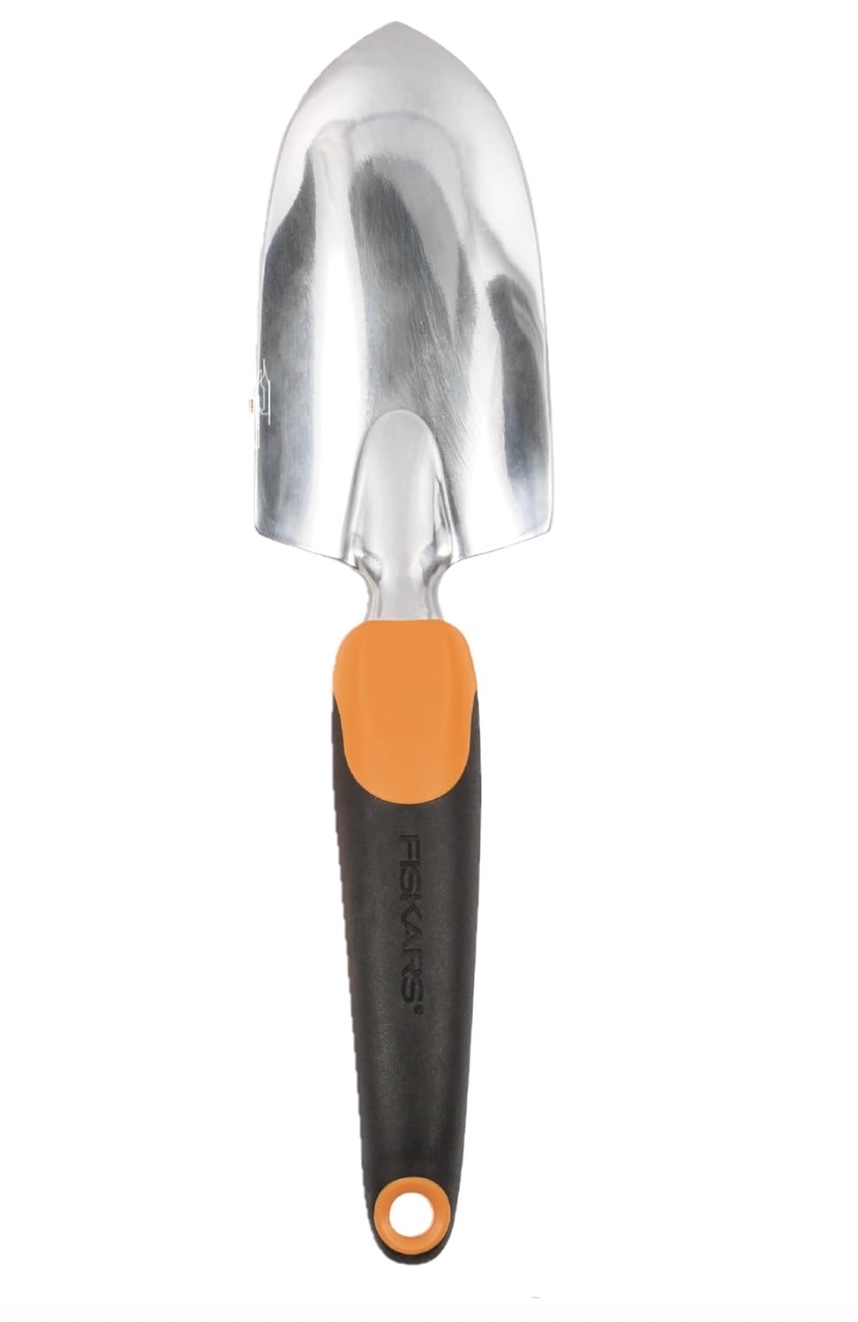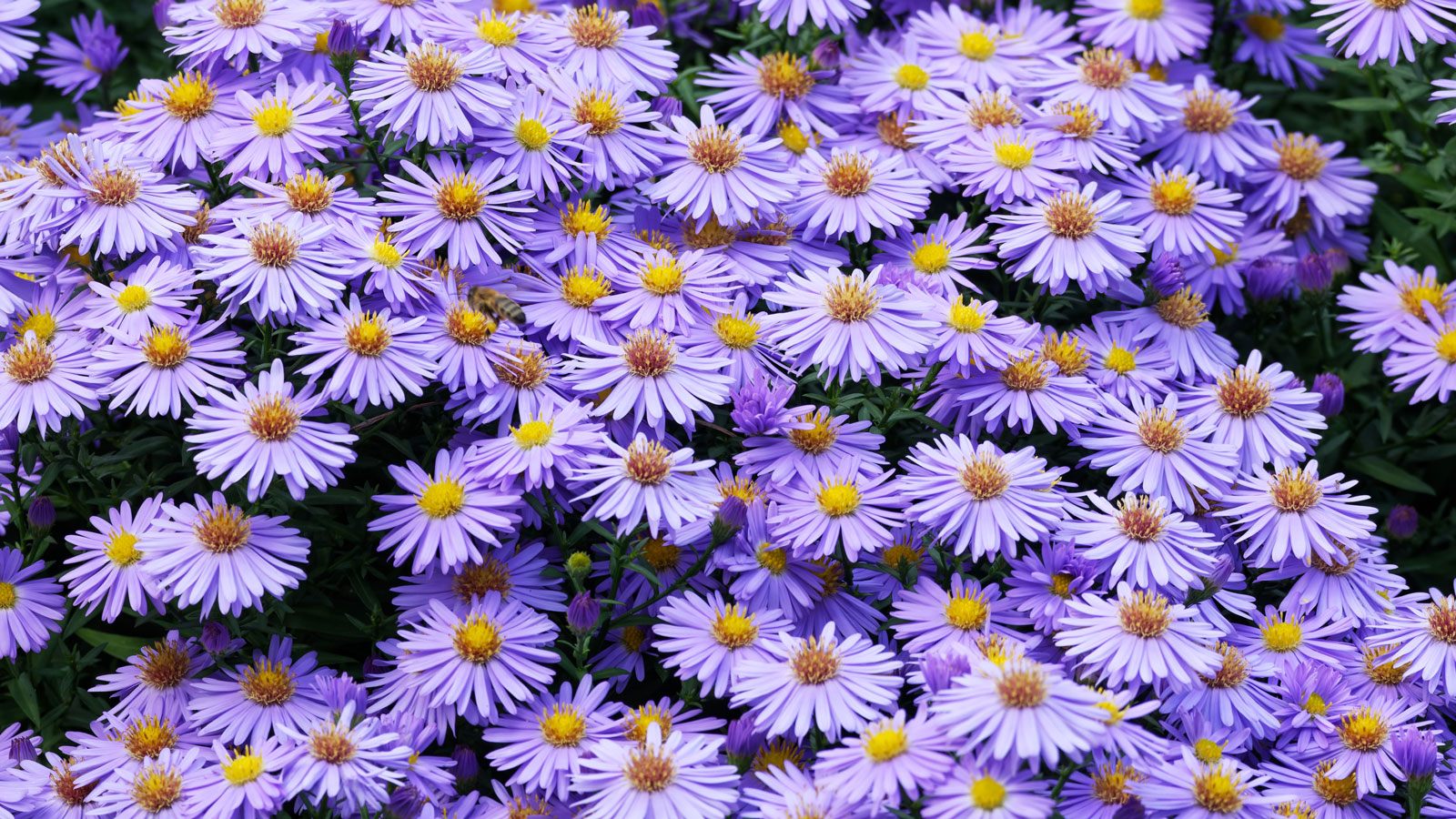
We all want the gardening season to last for as long as possible, so what better way to eke out the color than to grow some more flowers that bloom in August? Oftentimes, it seems like the latter part of the summer is slowing on flower production and if you’re not on the ball, the garden may start to get a bit dull. By selecting repeat bloomers and flowers that are actively in season during August, you can ensure you’ll still have loads of bright colors in the hotter months.
As well as providing some gorgeous late summer-blooming plants offering dynamic tone and texture, these dazzling floral selections will also help keep pollinators and other wildlife visiting your garden well into the fall. There is sure to be something here for every gardener’s taste, so make the most of these flowers in season in August. On with the show!
Gorgeous Flowers That Bloom in August
When temperatures rise in high summer, many flowers stop producing, due to the heat. Quite a few annuals and typical bedding plants are simply exhausted by the time August rolls around. You may even be cutting several flowering plants back. However, that doesn’t mean there aren’t still some highly impactful summer stunners capable of keeping the flower show going well into fall.
Getting your garden exciting again starts with this selection of plants that bloom in August. Many of our native plants are a great entry point for your summer bloomers, especially if you are planting this month. They are used to the region and will adapt much better to transplanting than non-native species. Once you have a handle on what flowers bloom in August, you can get on with the task of relaxing and enjoying your summer displays.
1. Joe Pye Weed
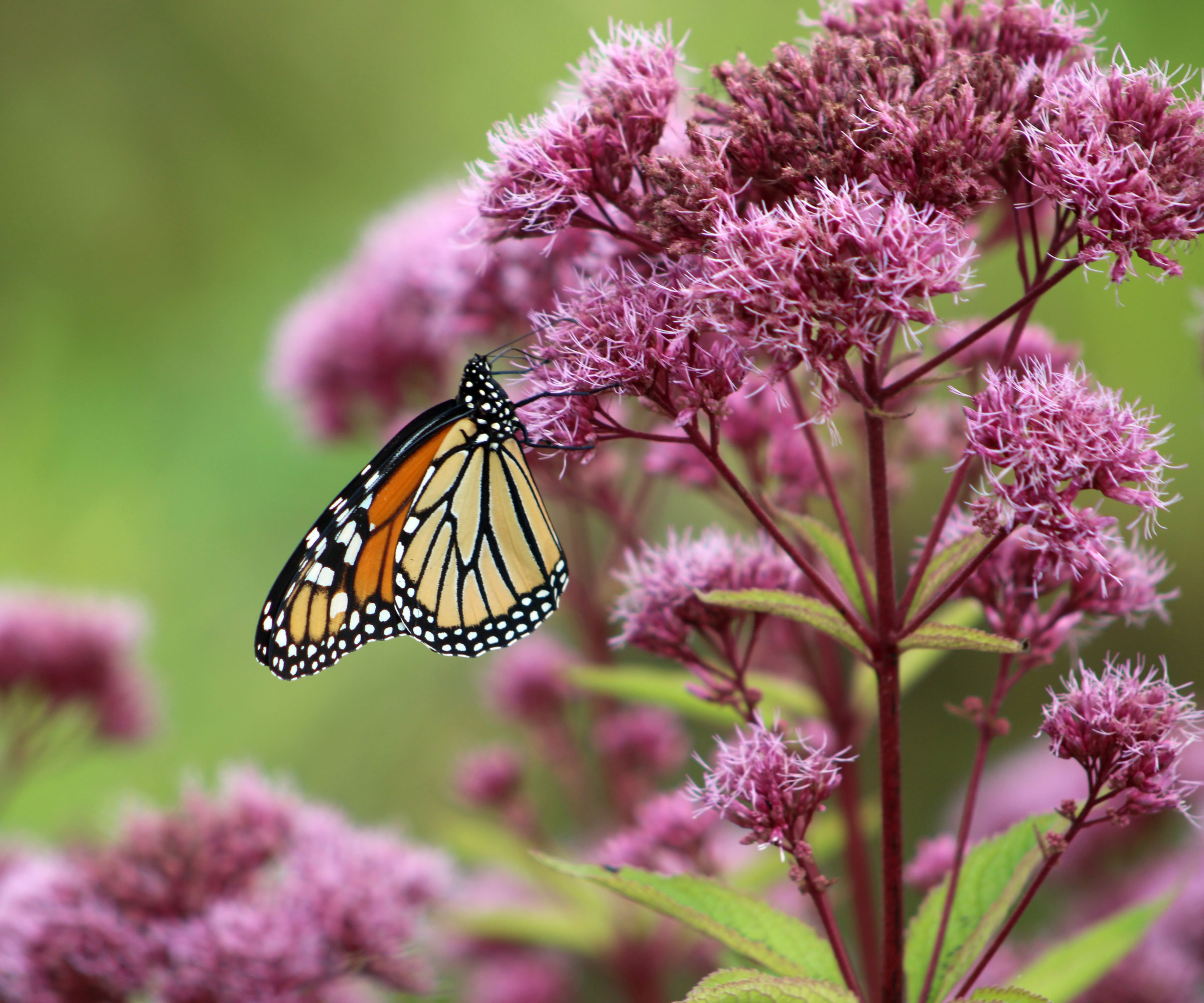
This beautiful plant is underused in home gardens and makes a stunning addition to butterfly garden ideas, native plantings and late summer splendor. Joe Pye weed (Eutrochium purpureum) is native to North America and provides vertical appeal in the landscape. This hardy perennial can grow up to 7ft (2.1m) with long lance- shaped leaves. The huge flower clusters of dusky purple blooms persist into fall.
This tall pollinator-favorite loves moist, well draining soil in full sun. Plant it at the back of the garden where its architectural appeal can shine without shading other smaller plants. We love the fluffy cloud-like floral bursts of pinky purple color you get with ‘Rosie Josie’ Joe Pye Weed, available to buy as live plants from Nature Hills.
2. Rose Mallow
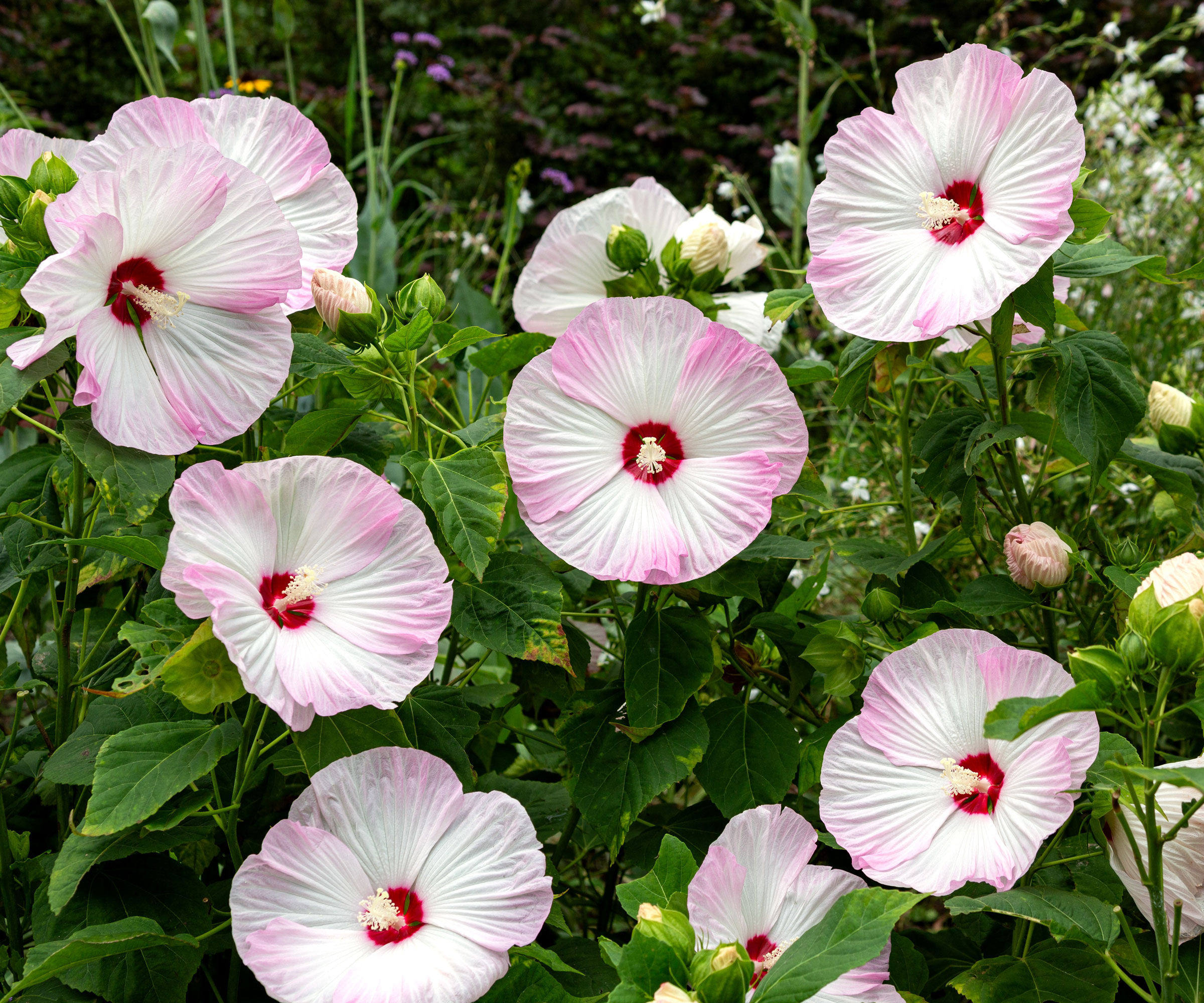
Related to hibiscus, rose mallow (HIbiscus moscheutos) has very similar exotic flowers. These blooms can be nearly as big across as a palm and will keep coming until the first frost. Rose mallow (also known as swamp hibiscus) has a bush-like habit and may grow 2-5ft (60cm-1.5m) tall when mature. It is happy in moist soil, but needs around six hours of sunlight a day to develop the best floral displays.
Growing these flowers in August, there are white, pink, red and bi-color flowers from which to choose. You'll find some exquisite rose mallow varieties available from Proven Winners in the Summerific Series, including voluptuous ‘Cookies and Cream’ and purple ‘Berry Awesome’ cultivars.
3. Crocosmia
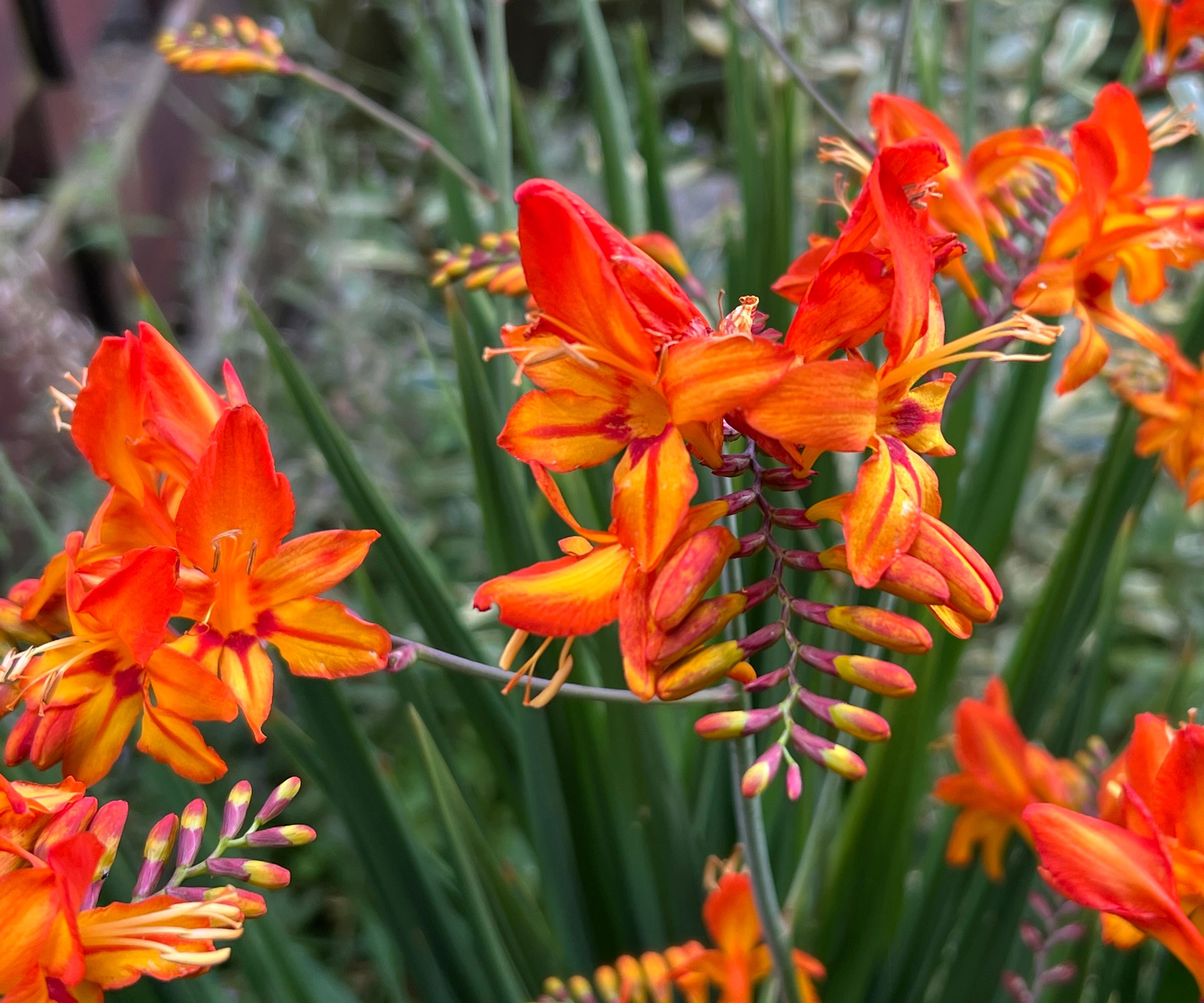
This flamboyant bulb is relatively low maintenance, but really comes into its own during the month of August. It naturalizes over time and will need dividing every few years to enhance vitality. Several varieties seem to burst into a medley of color in random parts of the garden, and many cultivars keep going until late fall.
You can find crocosmia (also known as montbretia) in shades of orange, yellow, purple and pink. For a real dash of sizzle in your summer perennial beds, try sultry hot red Crocosmia ‘Lucifer’ from Nature Hills.
4. Spotted Bee Balm
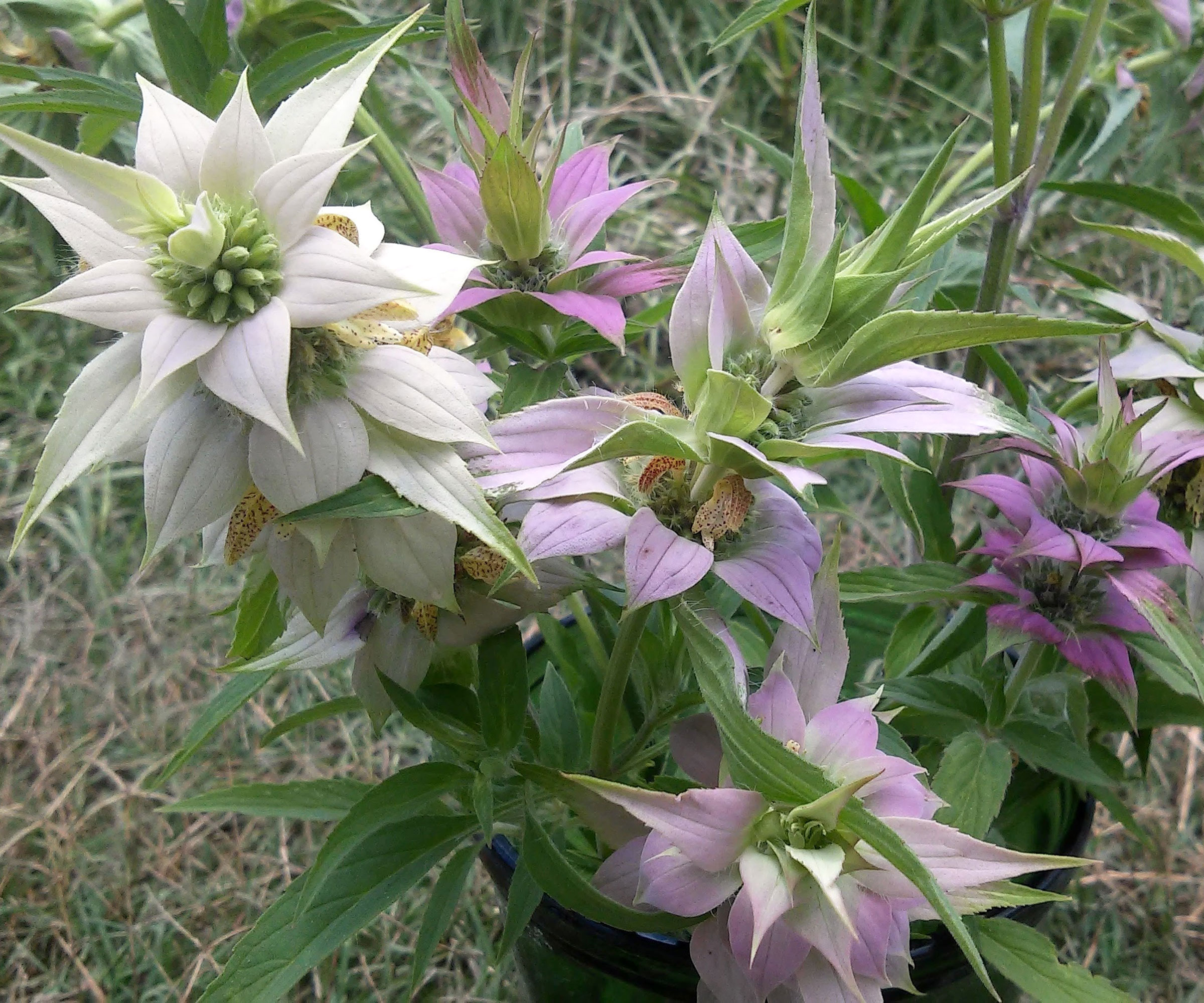
Spotted bee balm (Monarda punctata) is an intriguing North American native with unusual markings. It is different to other types of bee balm, which tend to have bold, splashy red, pink or purple flowerheads. This monarda, by contrast, usually presents with pale creamy petals and contrasting burgundy or purple bracts.
As the name would indicate, it is attractive to pollinators. The flowers are tubular with the petals neatly stacked up the stem and can last well into fall. Other long-flowering, pollinator-friendly monarda varieties with visually dynamic structure include ‘Bees Knees’, ‘Jacob Cline’ and ‘Leading Lady Plum’. There’s still time to add a few Monarda ‘Leading Lady Plum’ plants from Burpee if you hurry.
5. New England Aster
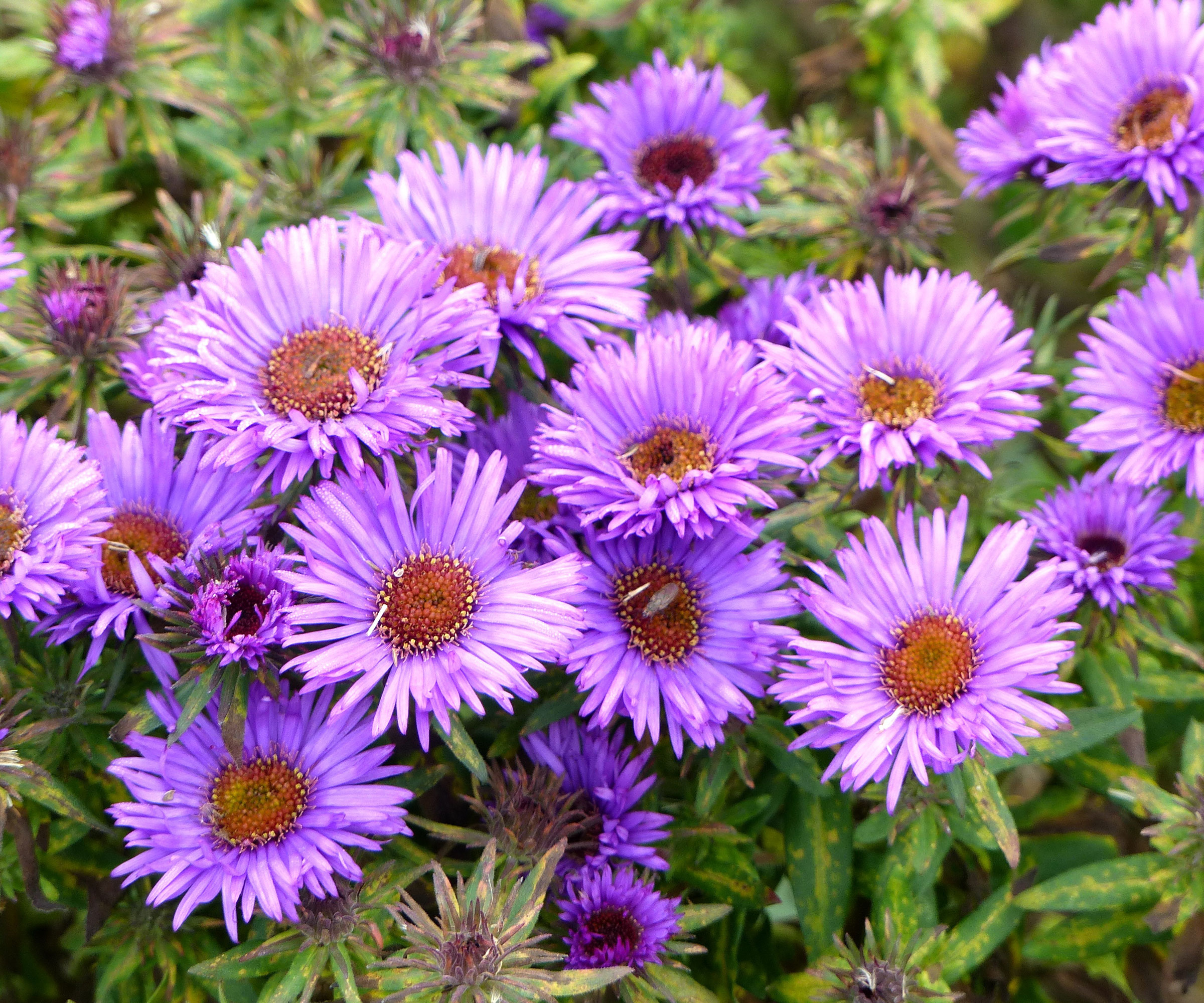
Prolific and perfectly formed, these daisy-like darlings create delightful carpets of color in late summer borders. New England asters (Symphyotrichum novae-angliae) are easy going as long as they receive 6-8 hours of sunshine a day, and are happy in moist soils. However, taller cultivars will benefit from being staked in summer.
This native plant has delightful rayed flowers which tend to present in shades of purple pastel, blue-purple, and sometimes pink or white, with yellow central disc florets. Pollinators adore New England asters, with flowers beginning in late summer and lasting through light freezes. You can get New England aster plants from Nature Hills.
Sign up for the Gardening Know How newsletter today and receive a free copy of our e-book "How to Grow Delicious Tomatoes".
6. Cardinal Flower
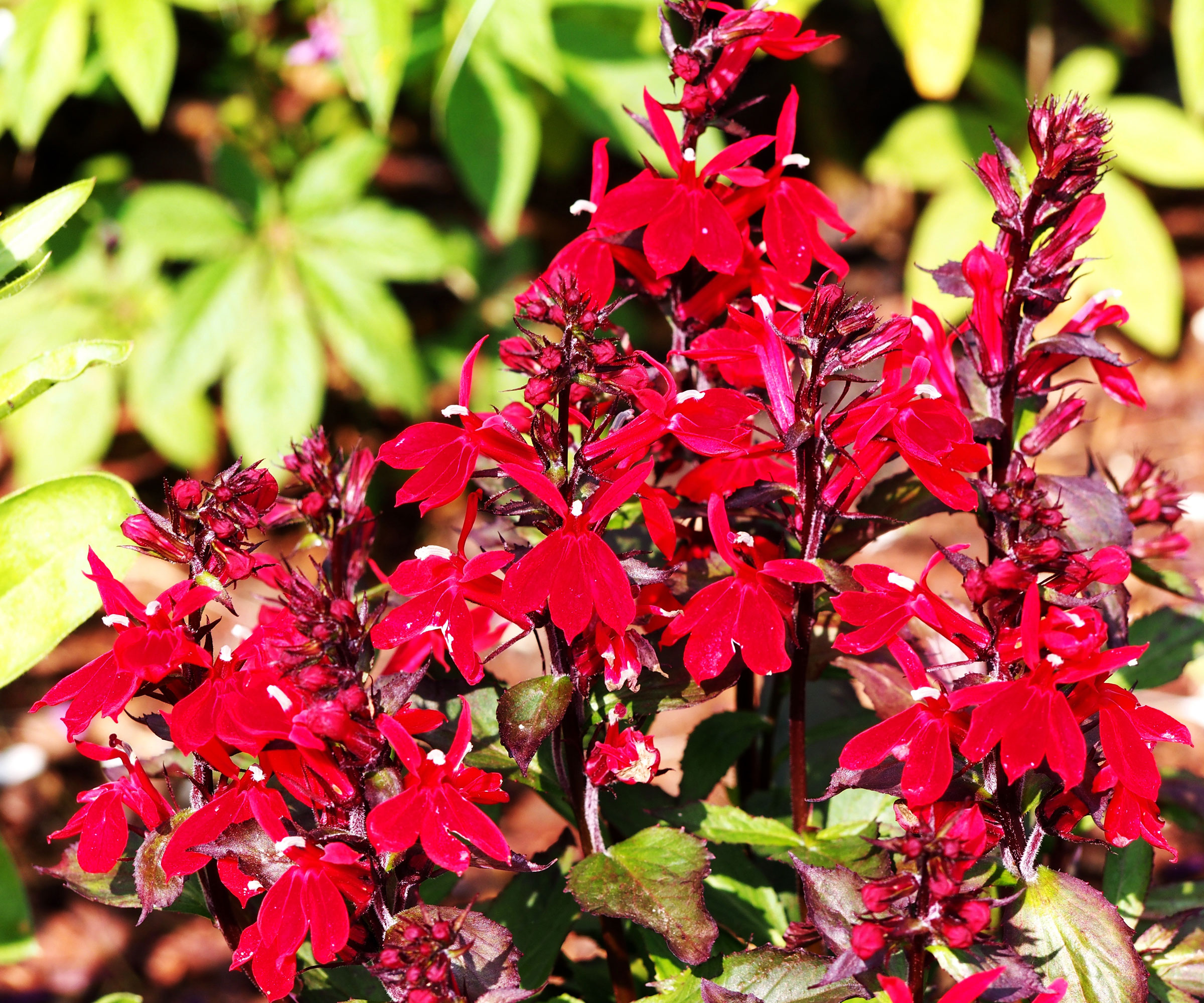
This pollinator classic is a statuesque plant with vibrant red flowers on long 8inch (20cm) spikes. A favorite of hummingbirds, you can plant the cardinal flower (Lobelia cardinalis) in rich soil with full or partial sun, and enjoy it for years. These plants are happy in shade and less-than-ideal growing conditions.
The dynamic cardinal flower can still be flowering as late as September. If you’re tempted to splash some red cardinal blooms into the mix, you can grab live plants of scarlet Sacred Roots Nursery Cardinal Flower from Walmart if you hurry.
7. Swamp Milkweed
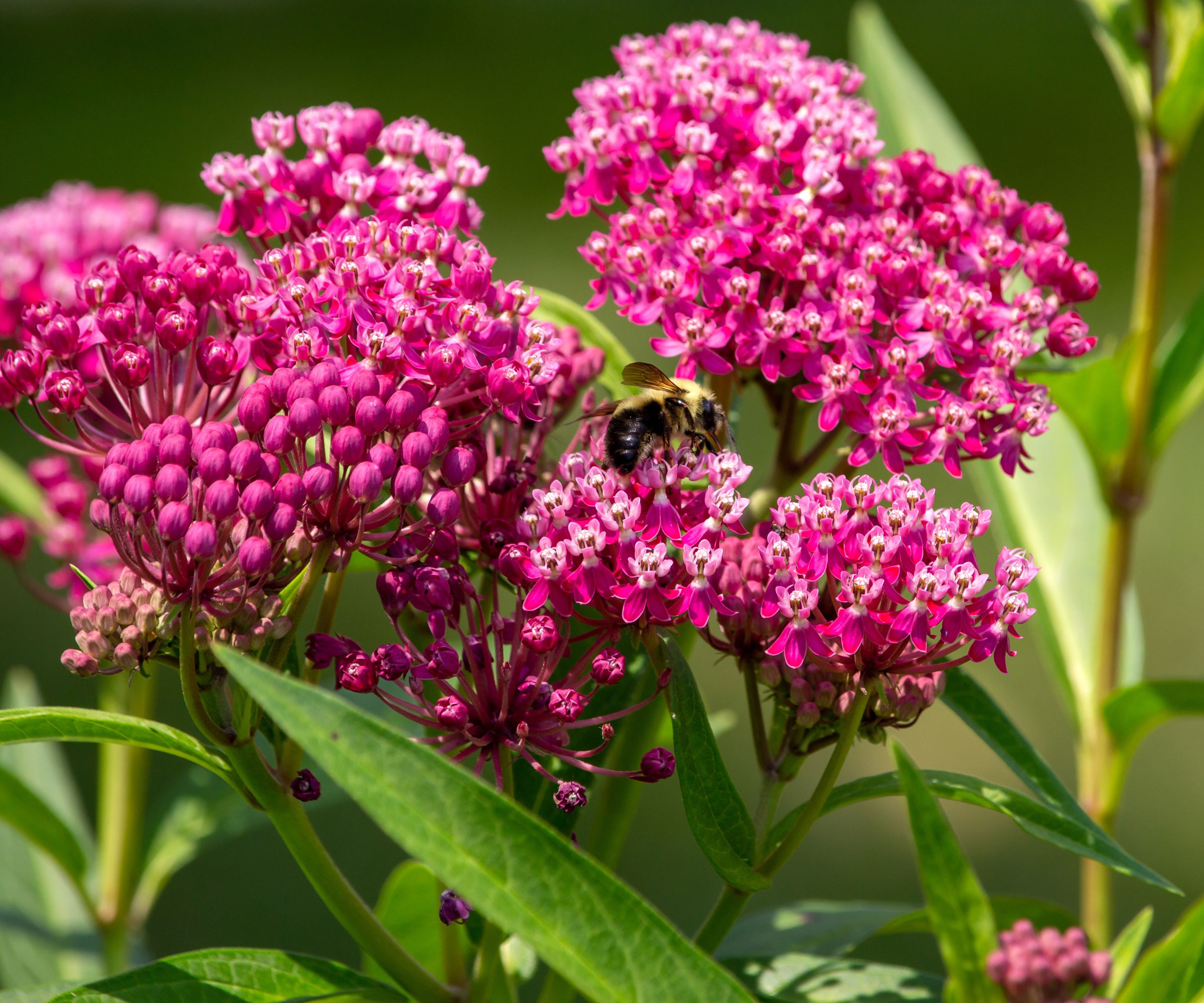
While the name doesn’t conjure up visions of beauty, swamp milkweed (Asclepias incarnata) is a pretty native plant that thrives in the worst clay soil. This plant doesn’t mind if the soil is a bit boggy and it produces large clusters of purple-rose flowers. It’s a favorite of many pollinators and yields interesting elongated pods.
Also known as the rose milkflower or rose milkweed, this milkweed plant variety thrives in USDA zones 3-9. You may still be able to pick up a gorgeous pink and white swamp mIlkweed live plant from Nature HIlls if you hurry.
8. Goldenrod
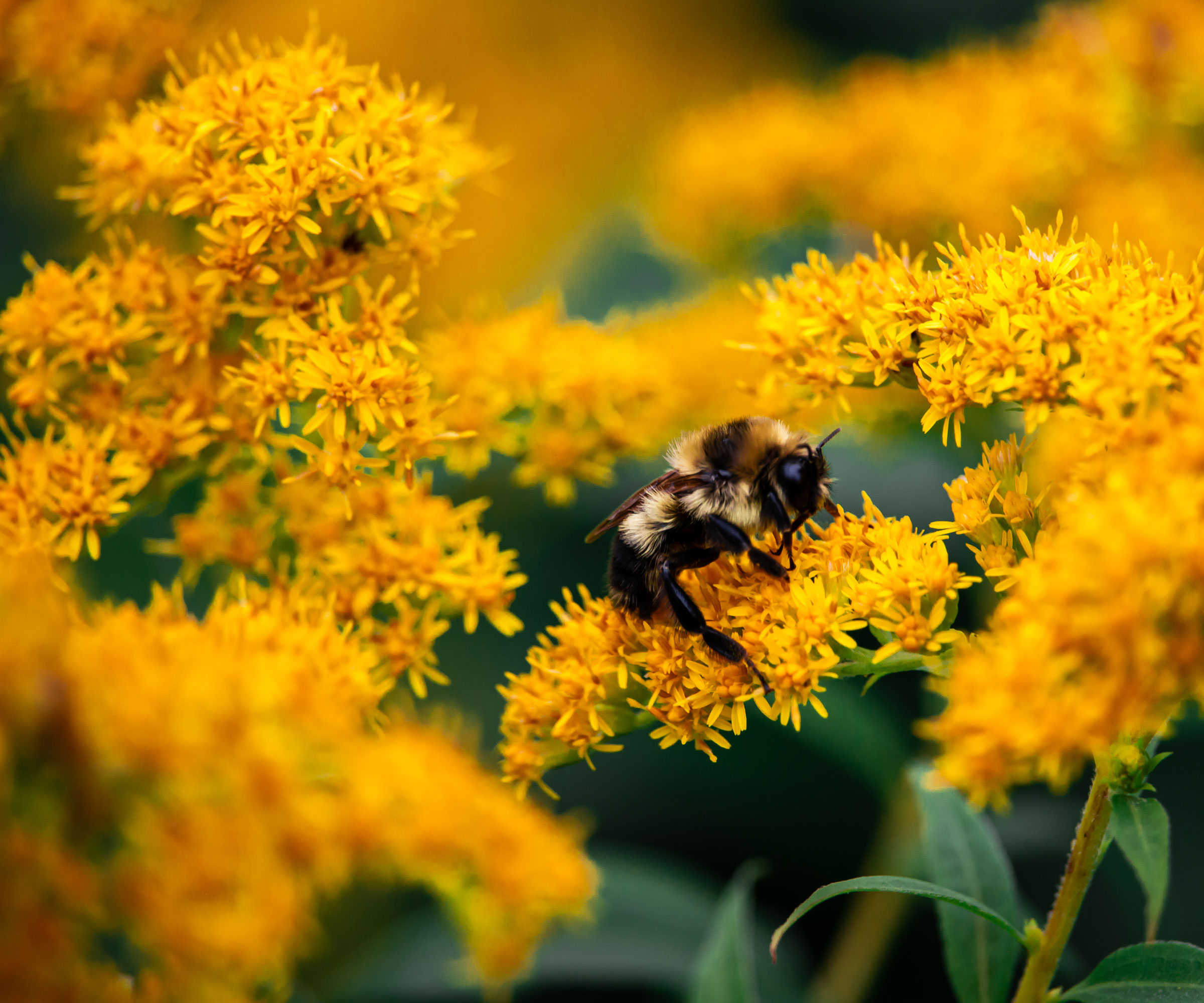
With a yellow so intense it competes with the sun, goldenrod (Solidago rugosa) is a native perennial that is often seen in the wild and is very attractive to late season pollinators. This vibrant plant will bloom in July and it just keeps going until October. It’s unfussy and thrives in sandy soils.
There are several extraordinary yellow flower varieties for lovers of chartreuse tints and acid greeny yellow flowering ornamentals. Variety ‘Fireworks’ is particularly showy in summer with its wayward tumble of flowering stems. We also love the diminutive ‘Dwarf Little Lemon Golden Rod’ from Nature Hills, which thrives in USDA zones 5-8.
9. Leopard Plant
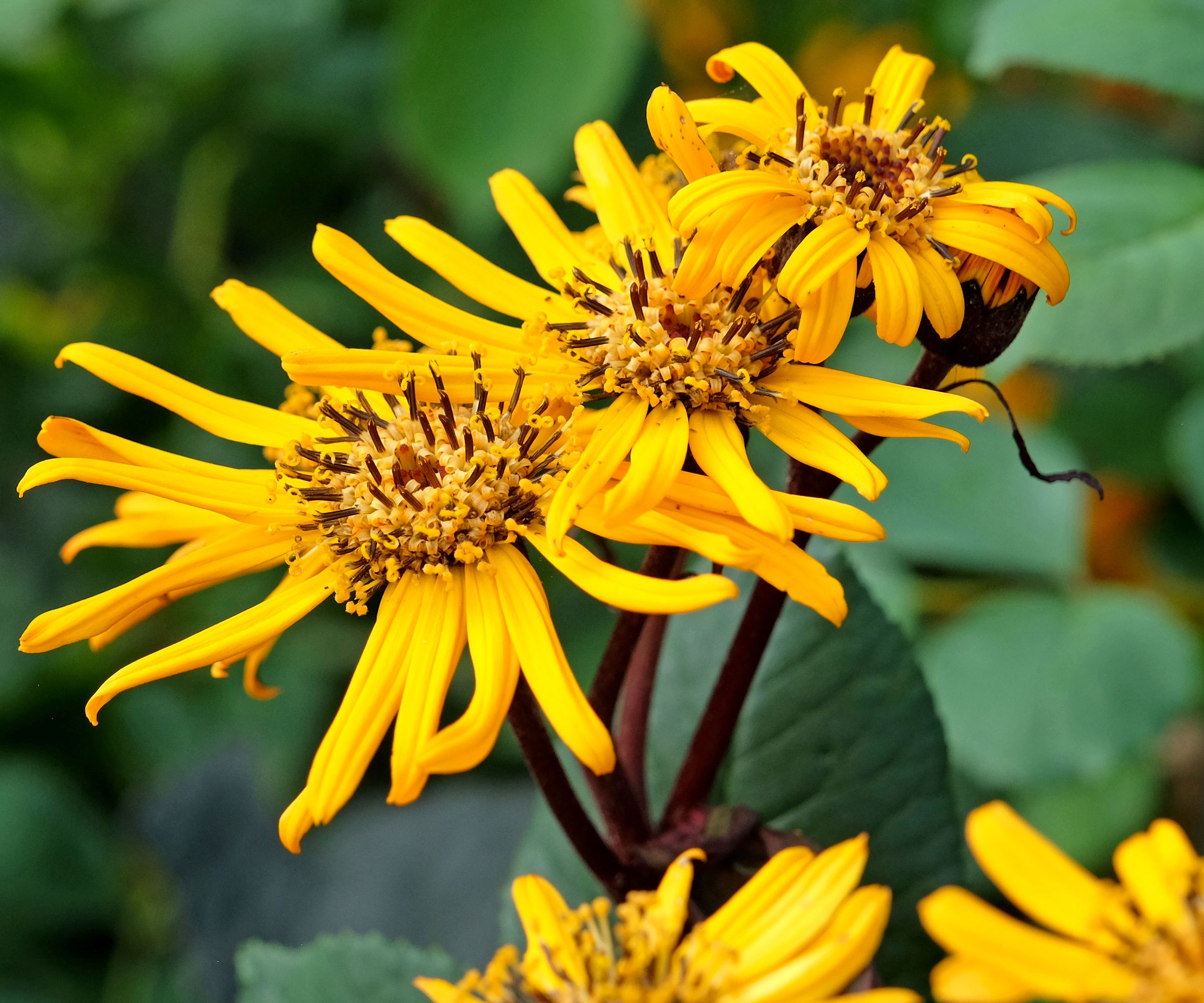
The leopard plant is grown not only for its golden flowers but also its interesting foliage. These leaves are often large, rounded and quite leathery or rubbery in appearance – hence this plant’s alternative soubriquet of tractor seat plant. This plant has a clumping habit which lends height and structure to a summer border.
These cheerful, charming flowers are daisy-like in appearance and present in dazzling hues of gold and orange. You can still pick up Leopard Plant ‘Little Rocket’ from Nature Hills if you hurry. The leopard plant (Farfugium japonicum) is perfect for semi-shady locations in moist soil and thrives in USDA zones 3-9.
10. Coneflower
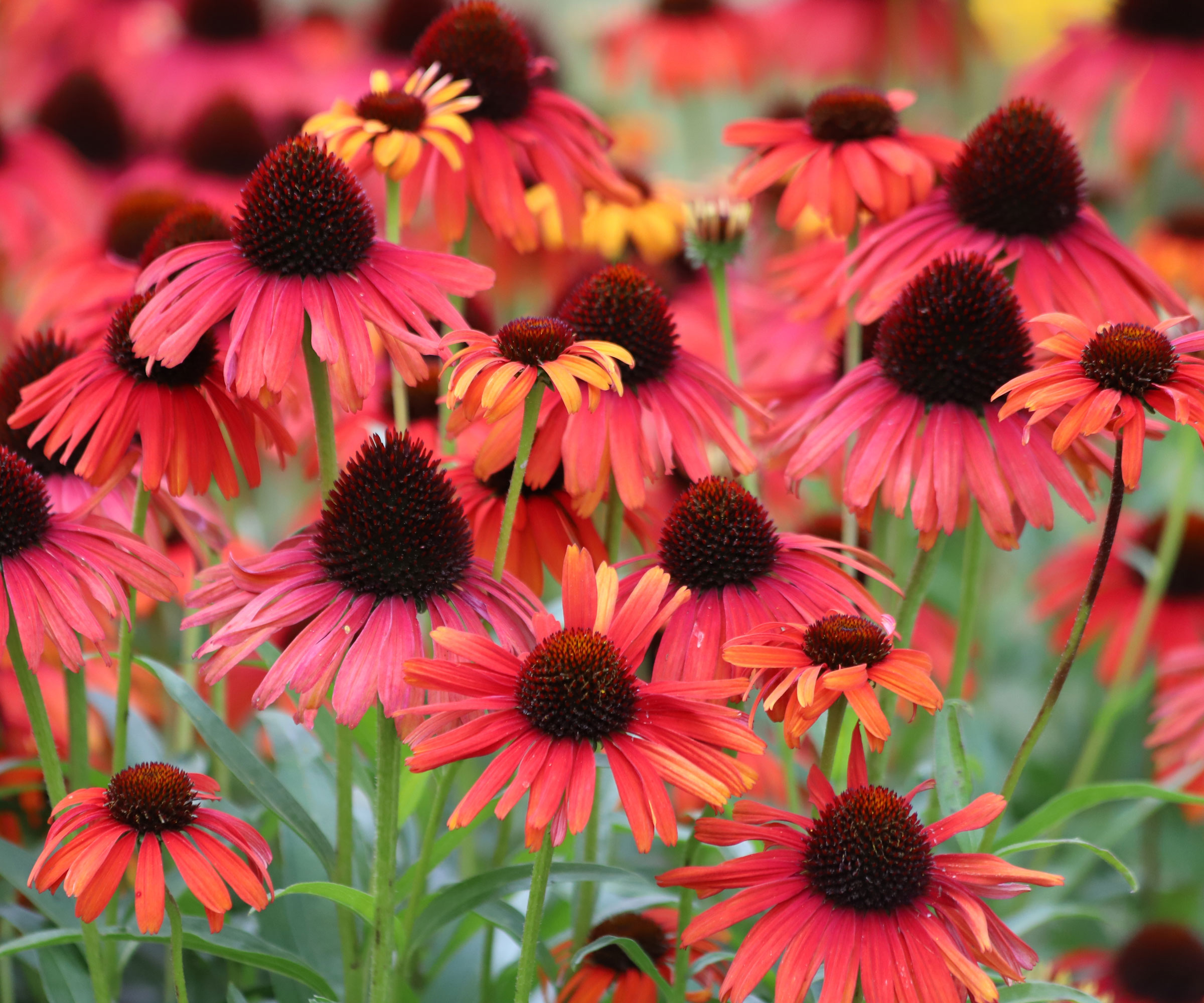
Echinacea (more commonly known as the coneflower) is an outstanding native plant that blooms early and keeps going until first frost. Easygoing yet hardworking in beds and borders, they are also sensational flowers in containers. They bloom prolifically once they get going. Be sure to deadhead them after the first flush to ensure repeat blooms through September and often into October.
The native species is purple, but there are several gorgeous colors available. You can still pick up pots of dazzling bubblegum pink ‘Pow Wow Berry’ Coneflowers from Daylily Nursery at Walmart. produce a cone-like seed pod after the petals drop off, which is an important food for many wild song birds visiting your garden.
Frequently Asked Questions
How do I keep my summer flowers blooming for longer?
One way to ensure you have flowers in August is to deadhead them once the first flush of flowers is starting to fade. Plants are genetically engineered to produce flowers and set seed to propagate themselves. When you take off the dead flowers, the plant thinks it has to make more.
Consistently removing spent blooms essentially fools the plant into producing more reproductive material. Nearly all plants benefit from deadheading, and the result is successive blooms well into the end of the season.

Amy Grant has been gardening for 30 years and writing for 15. A professional chef and caterer, Amy's area of expertise is culinary gardening.
- Janey GouldingContent Editor
- Amy DraissDigital Community Manager

